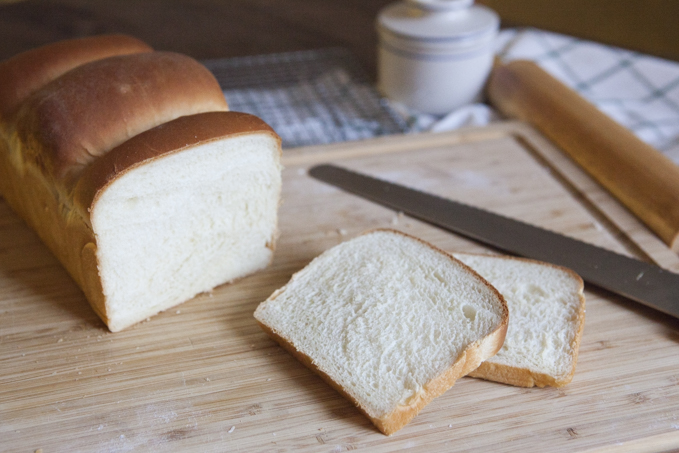Oden - My Favorite Winter Hotpot
Oden (おでん) is my favorite hotpot/stew. Unlike a traditional hotpot, it requires prep work in advance, but it's so worth it for this heart warming dish. The second it starts getting cold (or pretending to get cold this year since winter refuses to come) I get giddy at the prospect of eating this fish cake filled dish. And when I do make it, I make such a large pot of it so that I get to eat it for meals and meals to come. Breakfast. Lunch. Dinner.
It's a really easy dish to make but requires a bit of time. I usually make it over the course of 2 days or start it in the morning and finish for dinner. Most likely a weekend project. The longer the first set of ingredients has a chance to steep in the oden broth, the better it is. It's a great dish to scale so it can easily feed lots of mouths and finishing the dish before dinner is super simple.
These are the ingredients you need to prep: eggs, satoimo (taro), daikon, and konnyaku (a zero calorie taro cake that has a uniquely bouncy texture / the noodle form is sold often as miracle noodle in the states). Boil the eggs and crack the shell. Boil the konnyaku in salted water. Parboil the daikon in water with some rice. Peel the taro, rub with salt and rinse under water.
The other set of ingredients are different forms of fish cakes. This is what gives oden its distinct flavor. The prices of fish cakes can vary widely but at my Japanese grocer I can get my favorite Kagosei brand fish cake for ~$3.50/pack or Kibun for slightly cheaper. I use about 6-7 of these packs so it's not cheap but I also make the largest batch of oden. Shirakiku is a good budget brand and is about $1.90/pack. I usually include chikuwa, satsuma-age, ikamaki, gobomaki, age ball, takobei and hanpen (hanpen is my favorite). Sunrise Mart or Dainobu have wide selections of oden fishcakes and they carry Kagosei brand. Dainobu even has a 50% off special on frozen foods on Saturdays and Sundays which is where you'll find these. If gathering all these ingredients seem daunting, you can pick up a set like this one. Just make sure to make your own broth, it will be worth it!
There are two main styles of oden broth: Kanto (Central Honshu region) and Kansai (Western Honshu region). In general, my family follows the Kansai flavors as the island we are from is closer to Kansai. So my oden broth is Kansai style, which means heavy kombu flavors and light color.
Take a medium pot and fill it with the oden broth ingredients and place over low heat. Once it's about to boil, remove the kombu and add all ingredients except the hanpen and simmer on low for an hour and let it cool down to room temperature. Store the pot in the fridge until an hour before dinner. By letting the ingredients cool down and steep in the broth for a prolonged period of time, they absorb all the delicious flavors.
Once dinner is close, heat the pot back up until the broth is simmering. We finish off the dish by adding the hanpen. Serve with Japanese mustard and enjoy!





Comments
Post a Comment